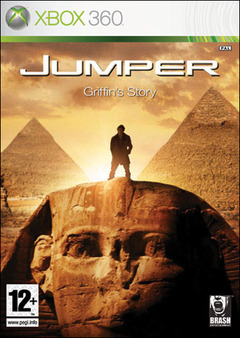4
Dungeon Village
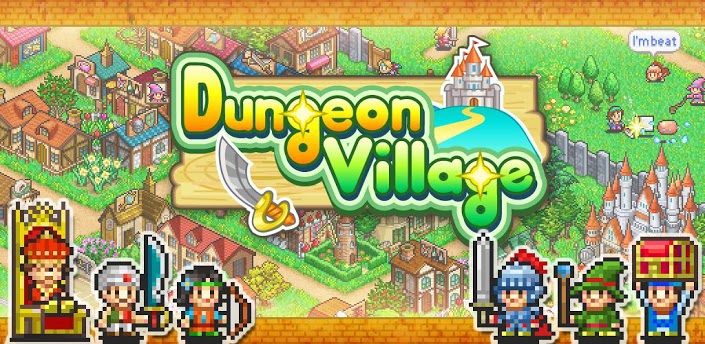 It’s been a while since I played a Kairosoft game, not since May with the extremely lackluster Epic Astro Story. It’s easy to say it’s that game that put me off for another six months, but the Kairosoft formula as a whole can really drag on a gamer after a half dozen games.
It’s been a while since I played a Kairosoft game, not since May with the extremely lackluster Epic Astro Story. It’s easy to say it’s that game that put me off for another six months, but the Kairosoft formula as a whole can really drag on a gamer after a half dozen games.
But Dungeon Village was on super sale at the Google Play store, and it seems like it should be right up my alley: build up a Japanese RPG village which will house an inn full of heroes. Some of my earliest gaming experiences were with Dragon Warrior and Final Fantasy 1, the nostalgia of my youth was calling me to a game I could play on my phone in the bathroom.
Dungeon Village was released in March for Android and iOS, this review is for the Android version.
Illusion of Gaia
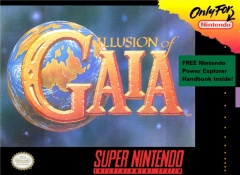 I didn’t play a whole lot of Enix games growing up. I rented a few titles for the Super Nintendo, including E.V.O.: The Search for Eden, Ogre Battle, and 7th Saga, but it wasn’t until I beat Star Ocean 2 during college that I could poke out the Enix notch in my belt. Their merger with Squaresoft in 2003 blew my mind, but I had grown up in the world where publishers were like armies, constantly battling it out with each other for supremacy; but in the real world it was all business, and the merger made sense.
I didn’t play a whole lot of Enix games growing up. I rented a few titles for the Super Nintendo, including E.V.O.: The Search for Eden, Ogre Battle, and 7th Saga, but it wasn’t until I beat Star Ocean 2 during college that I could poke out the Enix notch in my belt. Their merger with Squaresoft in 2003 blew my mind, but I had grown up in the world where publishers were like armies, constantly battling it out with each other for supremacy; but in the real world it was all business, and the merger made sense.
Illusion of Gaia was released during the time when Enix was in a heated battle (business and fanboy-wise) with Squaresoft on the Super Nintendo platform. In its six year lifespan, both publishers released over 30 games each, many competing directly in sub-genres that seem too similar to be considered a coincidence. One of these face-offs was Secret of Mana from Squaresoft against Illusion of Gaia from Enix. Released in 1993, both games were action RPGs that happily broke the mold of the Final Fantasies and Dragon Quests.
But in the end, Squaresoft easily won the action RPG battle and the Super Nintendo war. Secret of Mana was an engrossing, multiplayer tale with a huge variety of weapons and magic, Illusion of Gaia was a rather rote, singleplayer, cobbled-together adventure with little variety. Here’s its review.
Fable II
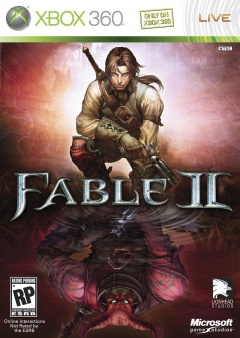 This was not a great way to kick off 2011, Fable II is a below
average action RPG that exhibits all the same qualities of nearly every
other Peter Molyneux game: far too much ambition in a totally lackluster package.
This was not a great way to kick off 2011, Fable II is a below
average action RPG that exhibits all the same qualities of nearly every
other Peter Molyneux game: far too much ambition in a totally lackluster package.
Fable II was released in October of 2008 to much hype, praise, and handfuls of cash. I'm apparently in the critic minority by not enjoying Fable II as it has a Metacritic rating of 89 and received Game of the Year award honors from outlets X-Play and Joystiq in a year that featured Fallout 3, Grand Theft Auto IV, and Metal Gear Solid 4 (if my respect for G4 could have gone any lower, it just has). But that is their opinion, and this is mine.
I'm going to try and keep my full reviews a bit shorter this year, I spent an extraordinary amount of time writing them in 2010 (what with there being about 30 of them and all), and I would like to focus my efforts back to the first hour reviews where it belongs. Speaking of first hour reviews, here's Fable II's.
Caelum
 What would you think when told of a game combining elements of pachinko, Arkanoid and Puzzle Bobble? Like me, you'd probably be a bit confused. Probably something involving balls being shot and bounced around. The concept was interesting enough to try when we received a request to review the Caelum by ApGames. The upstart Swedish developers recently released their self-proclaimed "addictive physics-based arcade game." So let's get right into it and see how the unique gameplay combinations measure up.
What would you think when told of a game combining elements of pachinko, Arkanoid and Puzzle Bobble? Like me, you'd probably be a bit confused. Probably something involving balls being shot and bounced around. The concept was interesting enough to try when we received a request to review the Caelum by ApGames. The upstart Swedish developers recently released their self-proclaimed "addictive physics-based arcade game." So let's get right into it and see how the unique gameplay combinations measure up.
Jumper: Griffin's Story
Jumper: Griffin's Story is a video game spinoff of a movie that was based on a novel by author Steven Gould. Yes, you read that right. It was developed by an Aussie studio called RedTribe, famous for such megahits as Looney Tunes: Acme Arsenal and Space Chimps. The movie and novel follow the life of a young man named David Rice as he grows up and eventually realizes he has the ability to teleport. At first it’s a life saving surprise, but over time David starts to use his ability to his advantage. He travels the globe and "accumulates" vast riches. However, his activities don’t go unnoticed. In the movie, we are introduced to a secret society of "Paladins"; men whose job it is to hunt down and kill those with the ability to teleport, also known as Jumpers. It isn’t long before the Paladins take an interest in David.
As we follow David’s adventures, we’re introduced to a fellow Jumper named Griffin. He plays a multi-faceted role as both David’s teacher and, to a certain degree, his antagonist. He’s an intriguing character and it’s clear he’s been around the block before with the Paladins. He’s cocky and experienced and generally more interesting than the character of David. Perhaps that’s why the game follows Griffin’s story rather than David’s. But was the decision to base a game on a supporting role rather than the main character a good one? Read on to find out.
Lux-Pain
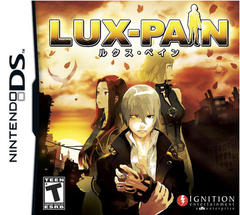 Lux-Pain is a visual novel game for the Nintendo DS. Novel is an accurate description of this game's length and amount of reading. Lux-Pain took me about 21 hours to read/play through and compared to the other popular heavy reading games on the DS like Phoenix Wright or Hotel Dusk, has much less interactive gameplay and unfortunately, a much less polished translation. Visual novels are a big genre in Japan, but have never really made the transition overseas outside of the Ace Attorney series. Honestly the big difference is that Ace Attorney gets the localization it deserves whereas Lux-Pain's seems rushed and bland.
Lux-Pain is a visual novel game for the Nintendo DS. Novel is an accurate description of this game's length and amount of reading. Lux-Pain took me about 21 hours to read/play through and compared to the other popular heavy reading games on the DS like Phoenix Wright or Hotel Dusk, has much less interactive gameplay and unfortunately, a much less polished translation. Visual novels are a big genre in Japan, but have never really made the transition overseas outside of the Ace Attorney series. Honestly the big difference is that Ace Attorney gets the localization it deserves whereas Lux-Pain's seems rushed and bland.
Anyways, Lux-Pain is not all bad. If you're a fan of this genre and like mysteries, this is probably right up your alley. It has a big story and starts off as a delicious cross between Persona 3, Phoenix Wright, and Heroes. It's a pretty serious game but has some great art and actually tons of voice acting. Lux-Pain offers a lot... if a bit scattered about. Let's get to my full review.

